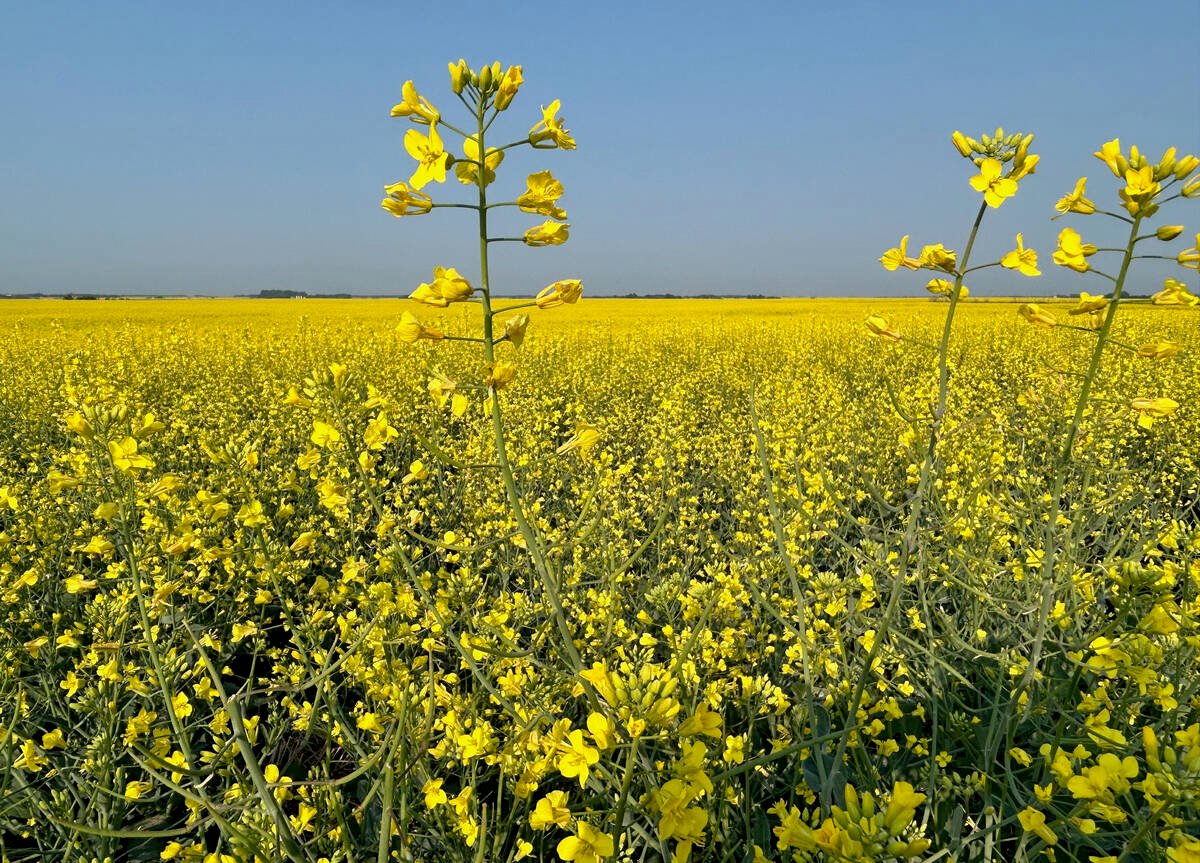Pricing feeder cattle based on the cost of feeding them isn’t complicated, but it is detailed.
Sandy Russell, a beef economist with Saskatchewan Agriculture, suggests that many farms that feed cattle as one of several operations often fail to know details of costs on their own farms.
“Once you know what your costs are, then you can simply enter the other numbers into the formula and you will know whether or not you can feed cattle profitably based on current prices,” she said.
“Cattle feeding is about taking risks. But calculated risks are the kind you want to be taking, and the only kind the bank likely will take,” she said.
Read Also

Record canola harvest expected
Anecdotal reports from agronomists, crop production advisors, landowners and grain industry reps, combined with provincial reports, indicates that canola yields could break the yield record set in 2016
There are several costs to factor into calculations, including feed and bedding, interest on money, processing and veterinarian, death losses, yardage, labour and overhead, buying and selling costs, shrinkage, freight, brand inspection, commission, checkoff and profit.
Russell said producers should consider forward pricing contracts and custom feeding to reduce their marketing risks.
“Futures on the (Chicago Mercantile Exchange) aren’t a tool right now, but anything that helps you set the prices of your cattle into the future, helps. It might lower profits, but it also limits losses.”
Russell said feeders should also examine how they can lower animal illness and death to reduce their operational risks.
Once the costs of operation are known, they can be placed in the break-even formula to determine whether feeding cattle will be profitable.
Anne Dunford of Canfax told last month’s Western Canada Feedlot Management School that September and October break-even prices for the 2003 calf crop, now yearlings, appear to be in the $75-$80 per hundredweight range.
“But things can change fast right now,” she said.
















